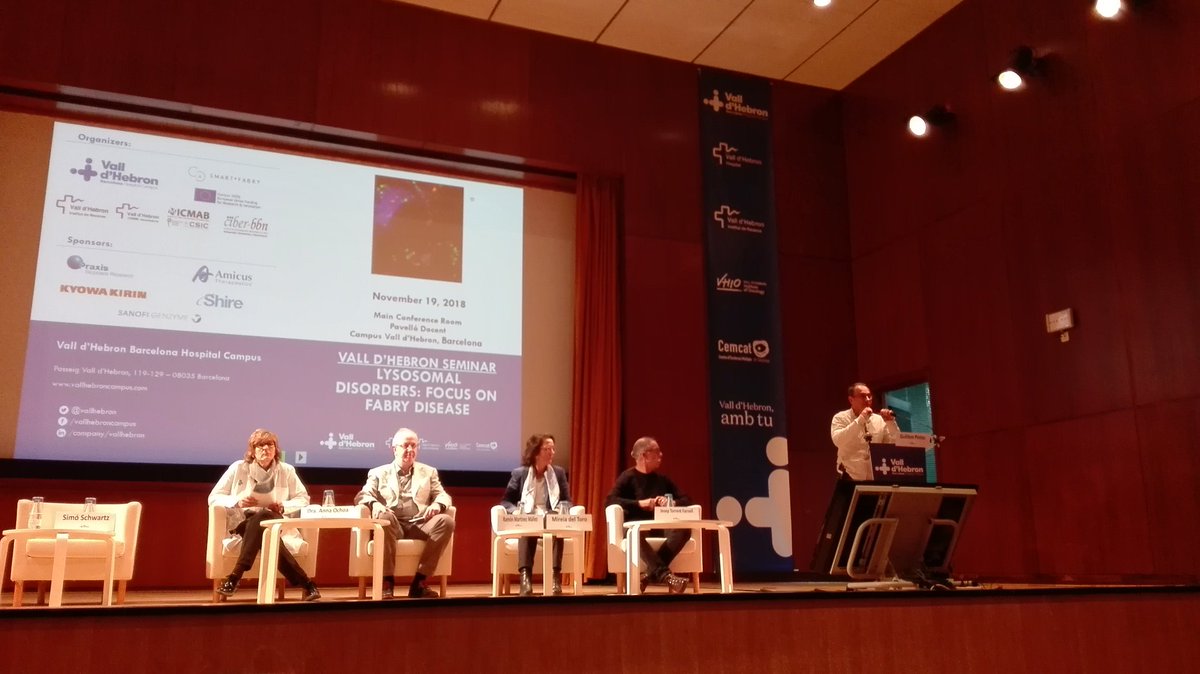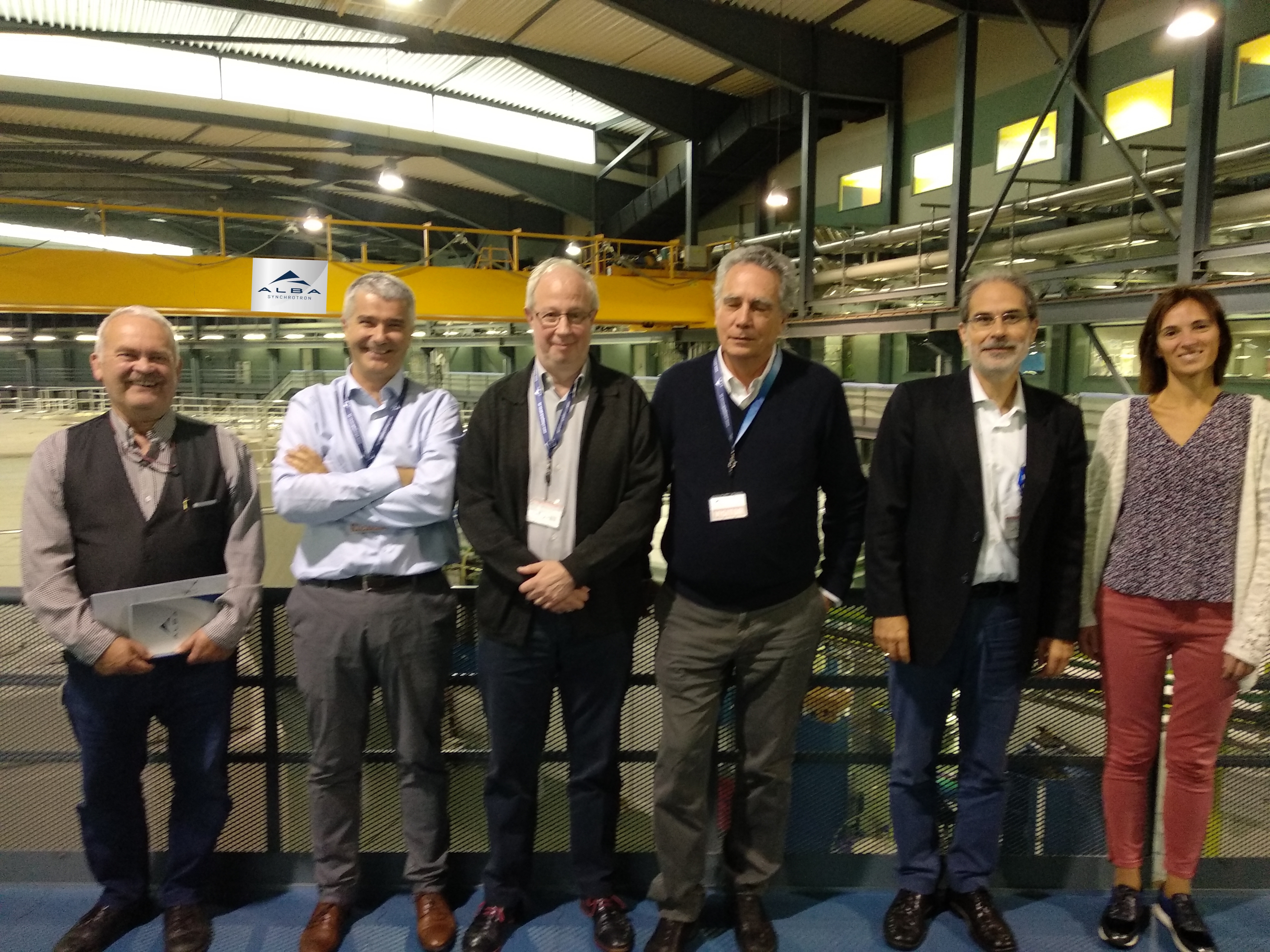Quatsomes. A new family of nanocarriers for drug delivery
The XXXVII edition of the Biennial Meeting of the Spanish Royal Society of Chemistry (RSEQ) will be held from the 26th to the 30th of May in Donostia-San Sebastian.
Prof. Jaume Veciana, Scientific Director of NANBIOSIS and unit 06 of NANBIOSIS -ICTS Biomaterial Processing and Nanostructuring Unit, will present on May 28th 2019 a lecture entitled “Quatsomes. A new family of nanocarriers for drug delivery” at the Simposium “From Chemistry to Nanomedicine” (http://bienal2019.com/simposios.php). In this lecture the advantages and disavatages of such a kind of nanocarriers will be presentaed as well as some of their applications as nanomedicines.”
Deadline for sending abstracts: January 30 (http://bienal2019.com/en/communications.php)
Early registration until March 2.
There are scholarships available for students members of the RSEQ and for any of the groups indicated in http://bienal2019.com/becas.ph


















